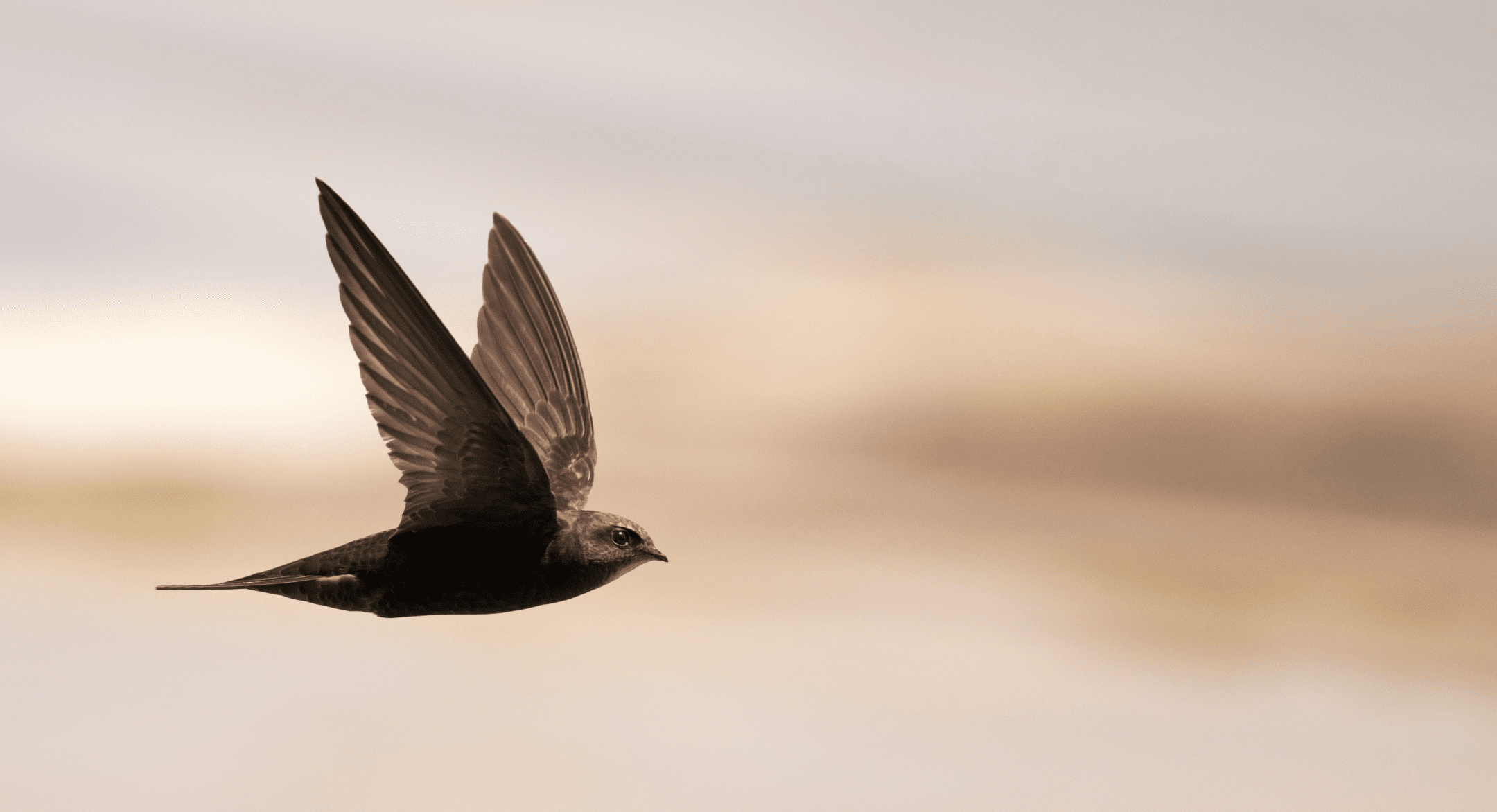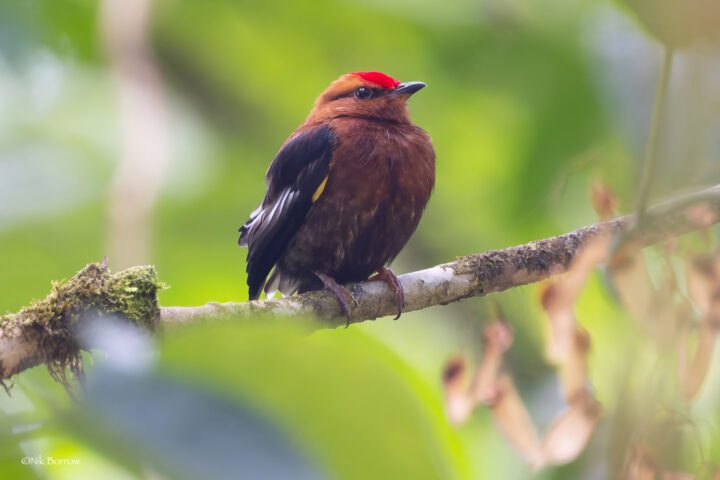Wings of gliding birds increase aerodynamic performance by continuously changing shape and size.
“Gliding birds continually change the shape and size of their wings, presumably to exploit the profound effect of wing morphology on aerodynamic performance. That birds should adjust wing sweep to suit glide speed has been predicted qualitatively by analytical glide models,
which extrapolated the wing’s performance envelope from aerodynamic
theory. Here we describe the aerodynamic and structural performance of
actual swift wings, as measured in a wind tunnel, and on this basis
build a semi-empirical glide model. By measuring inside and outside
swifts’ behavioural envelope, we show that choosing the most suitable
sweep can halve sink speed or triple turning rate. Extended wings are
superior for slow glides and turns; swept wings are superior for fast
glides and turns. This superiority is due to better aerodynamic
performance—with the exception of fast turns. Swept wings are less
effective at generating lift while turning at high speeds, but can bear
the extreme loads. Finally, our glide model predicts that
cost-effective gliding occurs at speeds of 8–10 m s-1, whereas agility-related figures of merit peak at 15–25 m s-1. In fact, swifts spend the night (‘roost’) in flight at 8–10 m s-1 (ref. 11), thus our model can explain this choice for a resting behaviour. Morphing not only adjusts birds’ wing performance to the task at hand, but could also control the flight of future aircraft.” (Lentink et al. 2007: 1082)








